EUPLACENT IS THE ONLY FOOD SUPPLEMENT FORMULATED TO COUNTER THE MAIN OBSTETRIC COMPLICATIONS (PREECLAMPSIA, PREMATURE DELIVERY, RECURRENT PREGNANCY LOSS)
EUPLACENT IS THE ONLY FOOD SUPPLEMENT FORMULATED TO COUNTER THE MAIN OBSTETRIC COMPLICATIONS (PREECLAMPSIA, PREMATURE DELIVERY, RECURRENT PREGNANCY LOSS)

Uses

Uses
- Preeclampsia
- Threat of preterm birth
- Recurrent pregnancy loss
- Embryo implantation failure
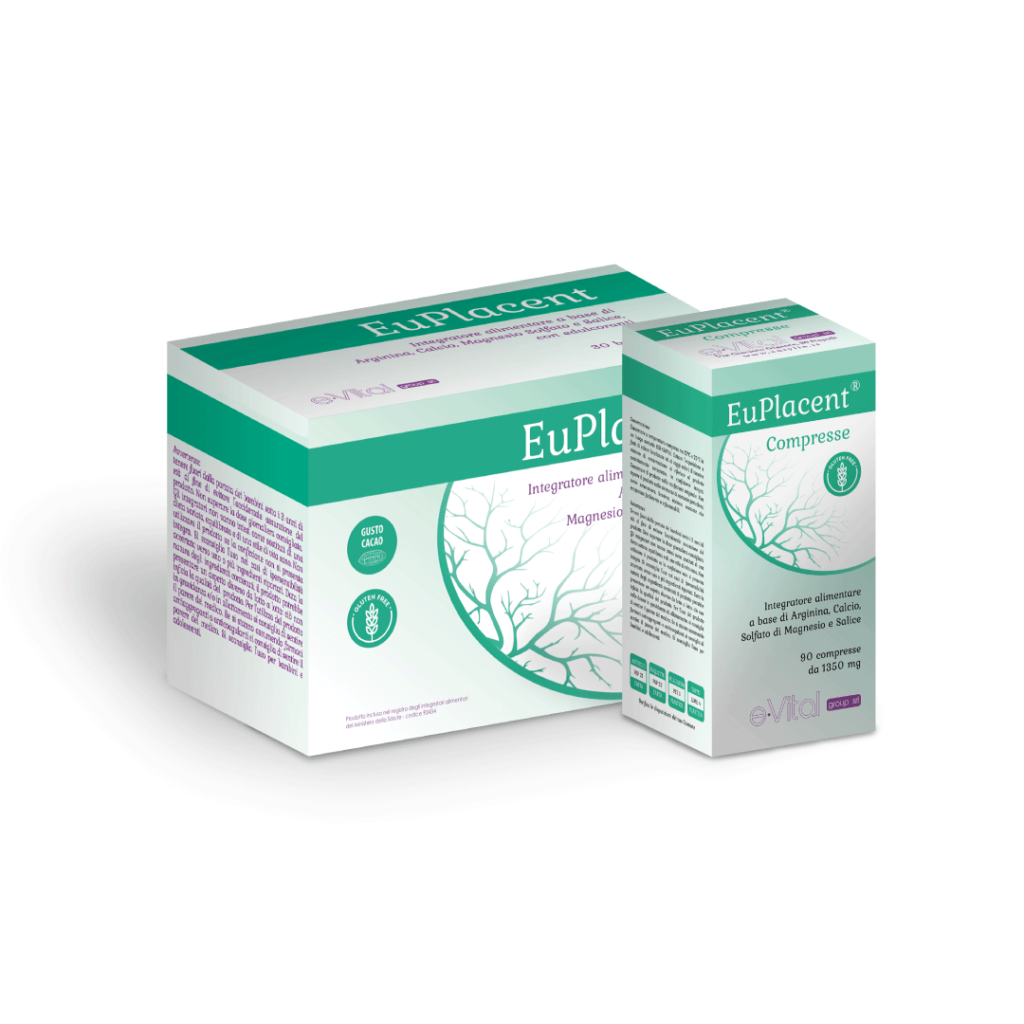


How to use

How to use
Taking one sachet in the morning and one in the evening
(or three tablets per day) in case of pregnancy with risk
factors * favors the initial phase of embryonic implantation,
helps prevent gestosis, threats of preterm birth, poly-abortion
and alterations in the microcirculation in the embryonic implant.
* (advanced maternal age, twinning, in vitro fertilization, family
history of preeclampsia, obesity, maternal autoimmune diseases,
pre-pregnancy hypertension, preconceptional diabetes)
Taking one sachet in the morning and one in the evening
(or three tablets per day) in case of pregnancy with risk
factors * favors the initial phase of embryonic implantation,
helps prevent gestosis, threats of preterm birth, poly-abortion
and alterations in the microcirculation in the embryonic implant.
* (advanced maternal age, twinning, in vitro fertilization, family
history of preeclampsia, obesity, maternal autoimmune diseases,
pre-pregnancy hypertension, preconceptional diabetes)


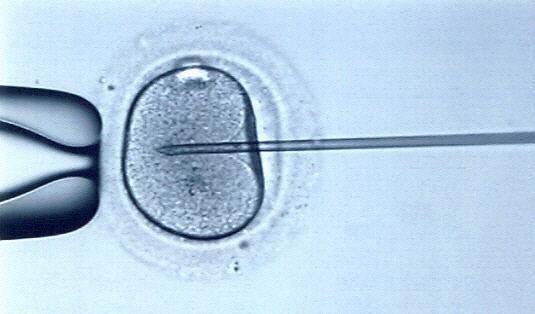


Risk factors

Risk factors
The most common risk factors during pregnancy are:
- advanced maternal age
- twin pregnancy
- in vitro fertilization
- personal and/or family history of preeclampsia – pre-existing pathologies
(diabetes mellitus, thyroid disease, chronic hypertension, thrombophilia, kidney disease) - obesity
- autoimmune diseases
Why EuPlacent sachets/tablets?
EuPlacent is the only food supplement formulated to improve the initial phases of the embryo implantation and to counter the main obstetric complications (preeclampsia, premature delivery, recurrent pregnancy loss). It contains high doses of L-Arginine (3g), donor of Nitric Oxide (NO) with antioxidant and vasodilator properties; Willow (320 mg), with anti-in ammatory and antiplatelet properties that regulates microcirculation and correct trophoblastic invasion, favoring implantation and counteracting the processes underlying pre-eclampsia and recurrent pregnancy loss; Magnesium sulphate (1g), with muscle relaxer propierties, which contributes to prevent both the threat of premature delivery and preeclampsia; Calcium (1g), useful for maintaining the normal arterial pressure. EuPlacent, thanks to its exclusive formulation, helps improving the circulation of maternal blood, embryo implantation and the development process of the placenta, reducing oxidative stress and hypertensive disorders during pregnancy.The placenta supports the fetal development during all the gestation. Placentation begins with the invasion by the trophoblast cells of the super cial decidual layer and is completed with the extension in the thickness of the uterine wall and the invasion of the deep decidua and the super cial layer of the myometrium.During preeclampsia the typical high output, low resistance circulation seen in normal pregnancy is reversed to a low output and high systemic resistance.NORMAL: The endometrium in normal pregnancy: uterine spiral arteries play a vital role in supplying nutrients to the placenta and fetus, and for this purpose they are remodelled into highly dilated vessels by the action of invading trophoblast (physiological change).Preeclampsia Preeclampsia PREECLAMPSIA: The endometrium in preeclampsia: a major defect in myometrial spiral artery remodeling occurs in PE with a defective interstitial trophoblast invasion.
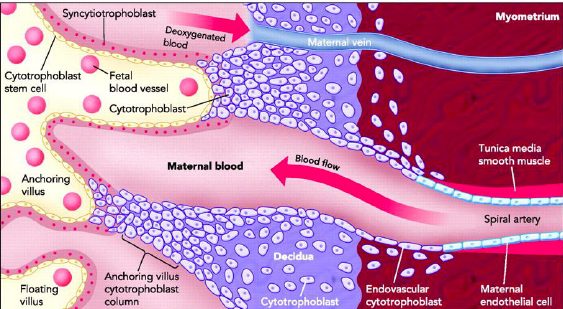
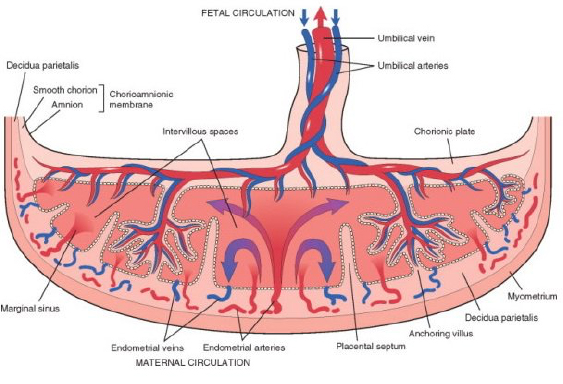
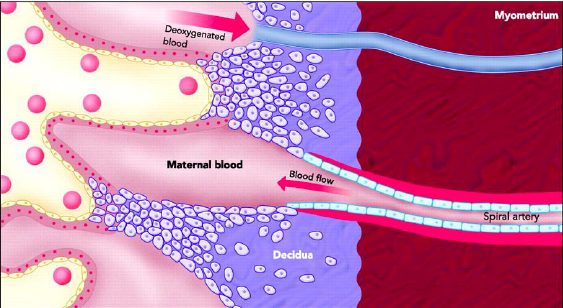
Bibliography
- 1. WHO. The world health report 2005: make every mother and child count. Geneva WHO, 2005
- 2. Placental bed disorder: basic science and its translation to obstetrics, edited by R.Pijnenborg, I. Brsens, R.Romero. Cambridge University Pres, 2010
- 3.Dorniak-Wall T, Grivell RM, Dekker GA, Hague W2, Dodd JM2. The role of L-arginine in the prevention and treatment of pre-eclampsia: a systematic review of randomised trials. J Hum Hypertens. 2014 Apr;28(4):230-5. doi: 10.1038/jhh.2013.100. Epub 2013 Oct 31
- 4.Roberge S, Bujold E, Nicolaides KH. Aspirin for the prevention of preterm and term preeclampsia: systematic review and metaanalysis. Am J Obstet Gynecol. 2018 Mar; 218(3):287-293.1
- 5.Doyle LW, Crowther CA, Middleton P, Marret S, Rouse D. Magnesium sulphate for women at high risk of preterm birth for neuroprotection of the fetus. Cochrane Database of Systematic Reviews 2009, Issue 1
- 6.Hofmeyr GJ, Manyame S. Calcium supplementation commencing before or early in pregnancy, or food fortification with calcium, for preventing hypertensive disorders of pregnancy. Cochrane Database Syst Rev. 2017 Sep 26;9:CD011192. doi: 10.1002/14651858.CD011192.pub2
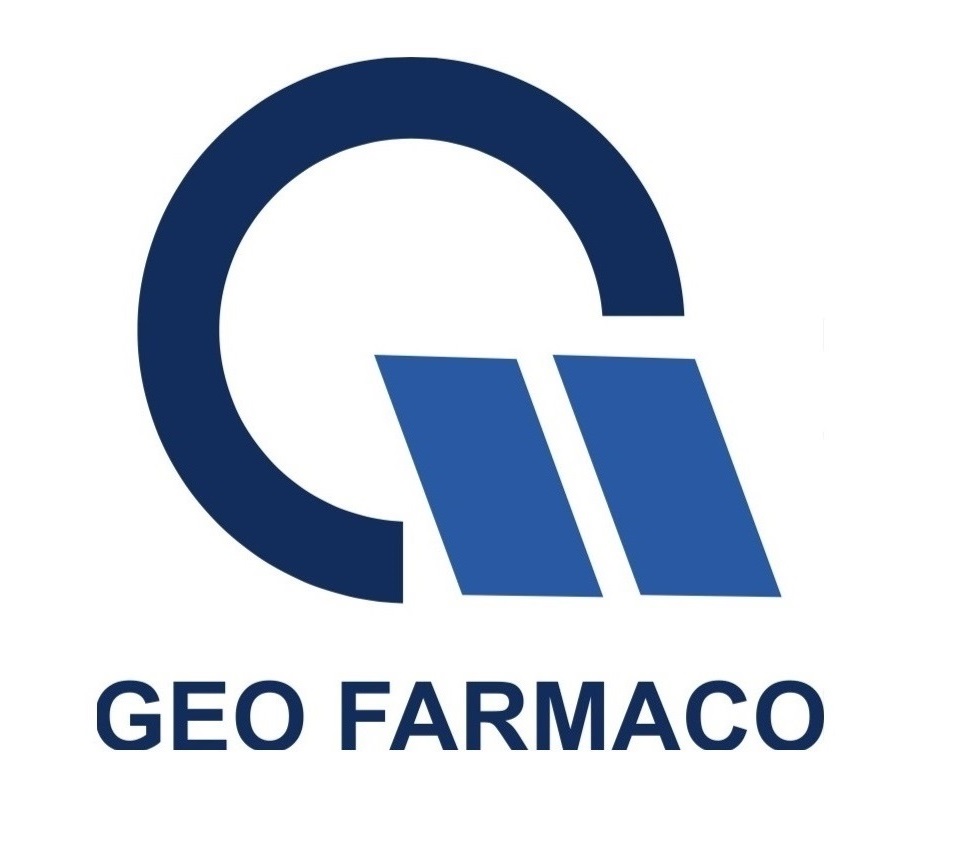
 ქართული
ქართული
 Italian
Italian